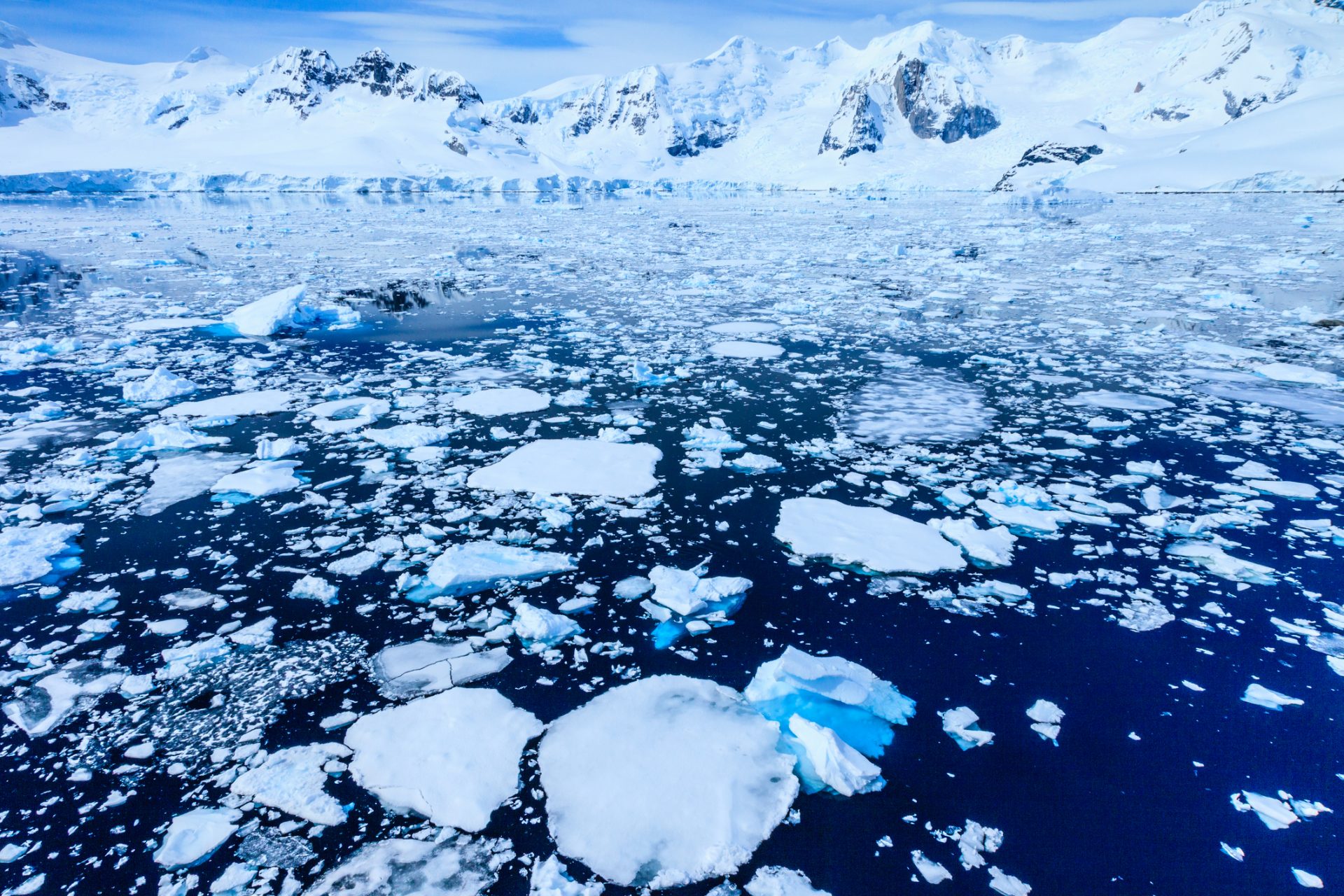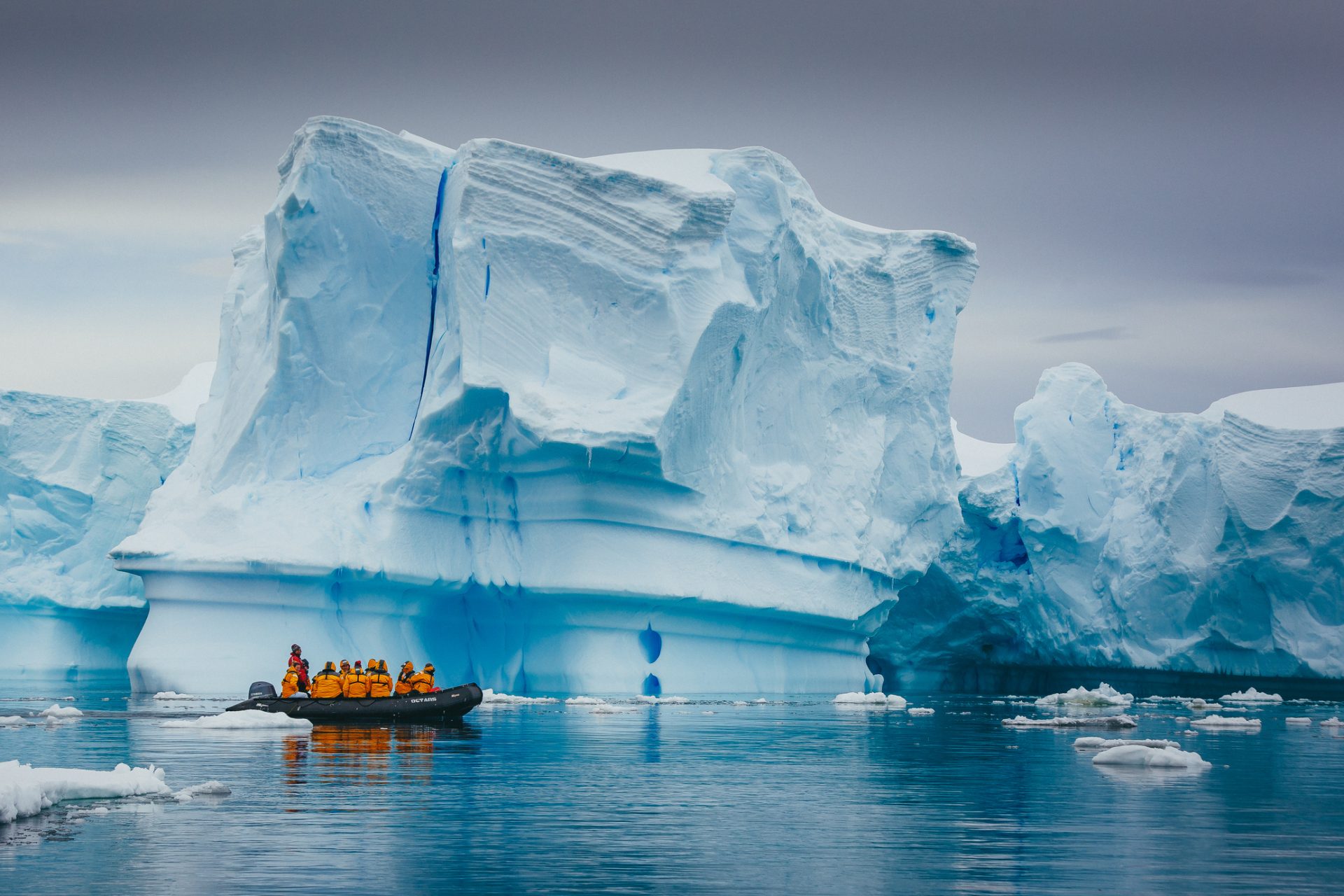Research reveals the Arctic is losing its ice at an alarming fast rate
In March 2024, researchers published startling new facts about the rate at which the Arctic was losing its ice and projected that if the issue continues then the world could start seeing iceless Arctic days in a matter of years.
News of an iceless Arctic garnered a lot of attention from international media when the new research made headlines due to the worrying nature of the claims made by a group of researchers from the University of Colorado, so let's look at what was discovered.
Researchers published the findings of their study in the journal Nature Reviews Earth & Environment and revealed that the Arctic could see ice-free conditions sometime within the next couple of years, Euronews explained.
The study’s authors noted in their research paper that the earliest ice-free conditions in the Arctic might be seen before 2030 and added iceless Arctic days would be inevitable by 2050. However, the finding wasn't as dire as it sounds, though its still not good.
When researchers talk about iceless conditions in the Arctic they are not talking about a literal ice-free Arctic. There wouldn’t be zero ice in the Arctic but rather the region would fall below a certain predetermined threshold.
CBS News reported a region of the ocean is only considered ice-free by scientists when it contains less than one million square kilometers or 386,000 miles of ice. This doesn't sound like a small amount but it really a fairly large amount.
“That’s a huge depletion from where it stood just decades ago,” wrote Euronews’ Lottie Lamb, who reported that the previous figures would represent just 20 percent of the ice coverage the Arctic saw as recently as the 1980s.
The study’s authors predicted that by the middle of the century, the ocean would see its first month without floating ice in August or September, which is the period of time when the region sees the lowest amount of ice coverage.
By the end of the century, the Arctic could see its first iceless season that lasts several months depending on future emission scenarios according to a news release about the research from the University of Colorado Boulder.
“When it comes to communicating what scientists expect to happen in the Arctic, it is important to predict when we might observe the first ice-free conditions in the Arctic, which will show up in the daily satellite data,” said study lead author Alexandria Jahn.
Jahn also said that greenhouse gas emissions were the main contributor to ice loss and the news release on the research pointed out that a decrease in snow and ice increased heating from the sun and increased the Arctic’s ice loss.
Not only will future ice loss bring with it a host of problems for Arctic wildlife, but it will also pose a major risk to coastal communities. Jahn noted ice plays an important role in dampening the strength of ocean eaves of coastal territory.
As Arctic ice becomes more scarce, ocean waves are going to get bigger, which in turn will cause more coastal erosion. This future is already inevitable but humanity can still choose the degree to which it suffers from Arctic ice loss.
Under the current emission trajectory that the world is already on, the Arctic will only be iceless from the end of summer to the beginning of fall. But a higher emission trajectory could see no ice in the Arctic for up to nine months of the year.
“This would transform the Arctic into a completely different environment, from a white summer Arctic to a blue Arctic. So even if ice-free conditions are unavoidable, we still need to keep our emissions as low as possible to avoid prolonged ice-free conditions,” Jahn said.
However, the good news is the situation can be reversed. “Unlike the ice sheet in Greenland that took thousands of years to build, even if we melt all the Arctic sea ice, if we can then figure out how to take CO2 back out of the atmosphere in the future to reverse warming, sea ice will come back within a decade,” Jahn explained.
More for you
Top Stories





























